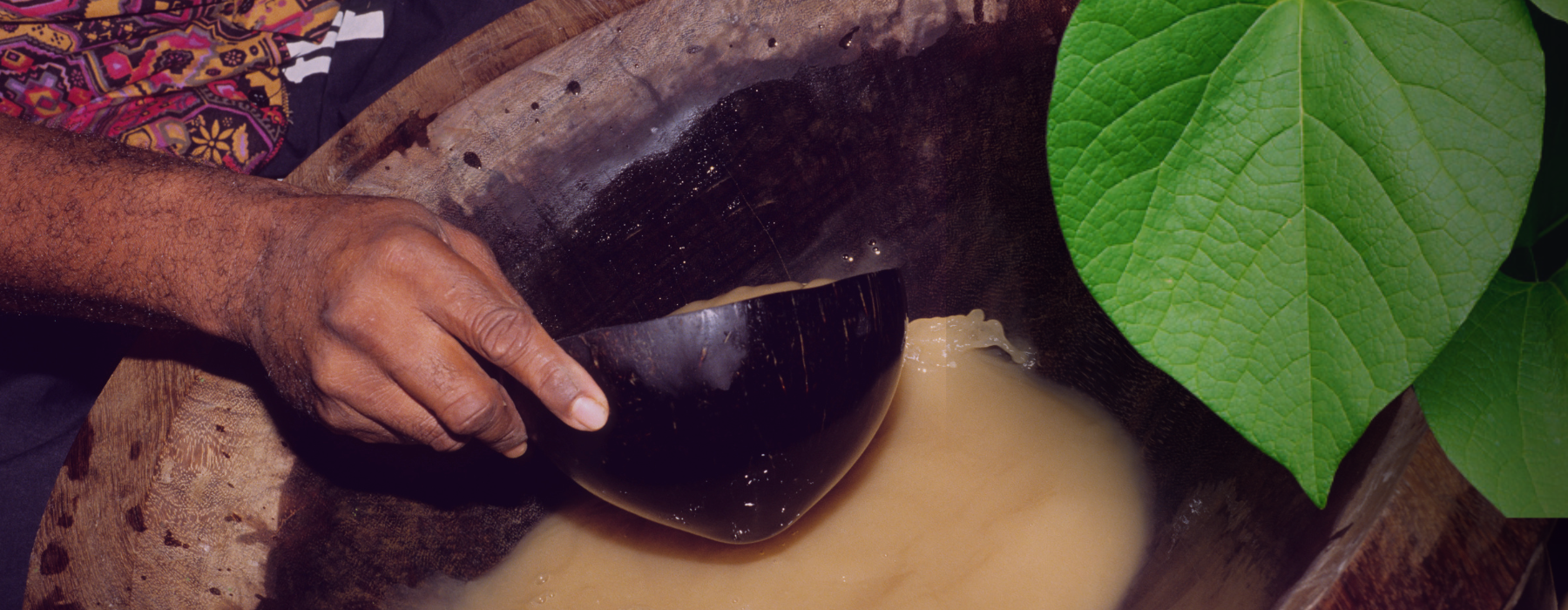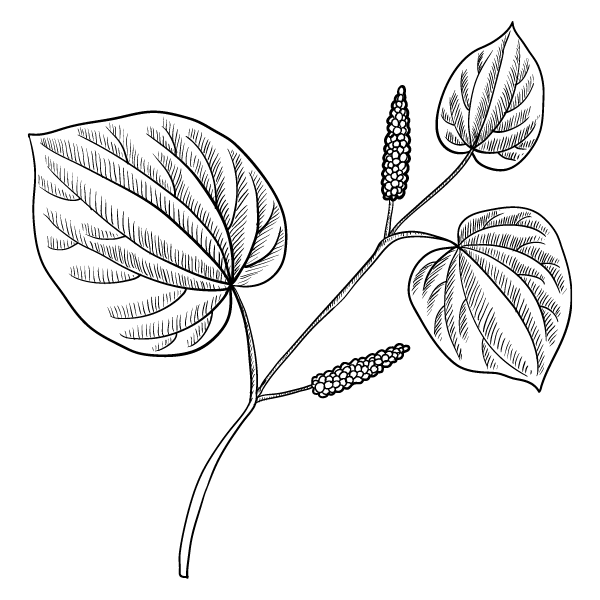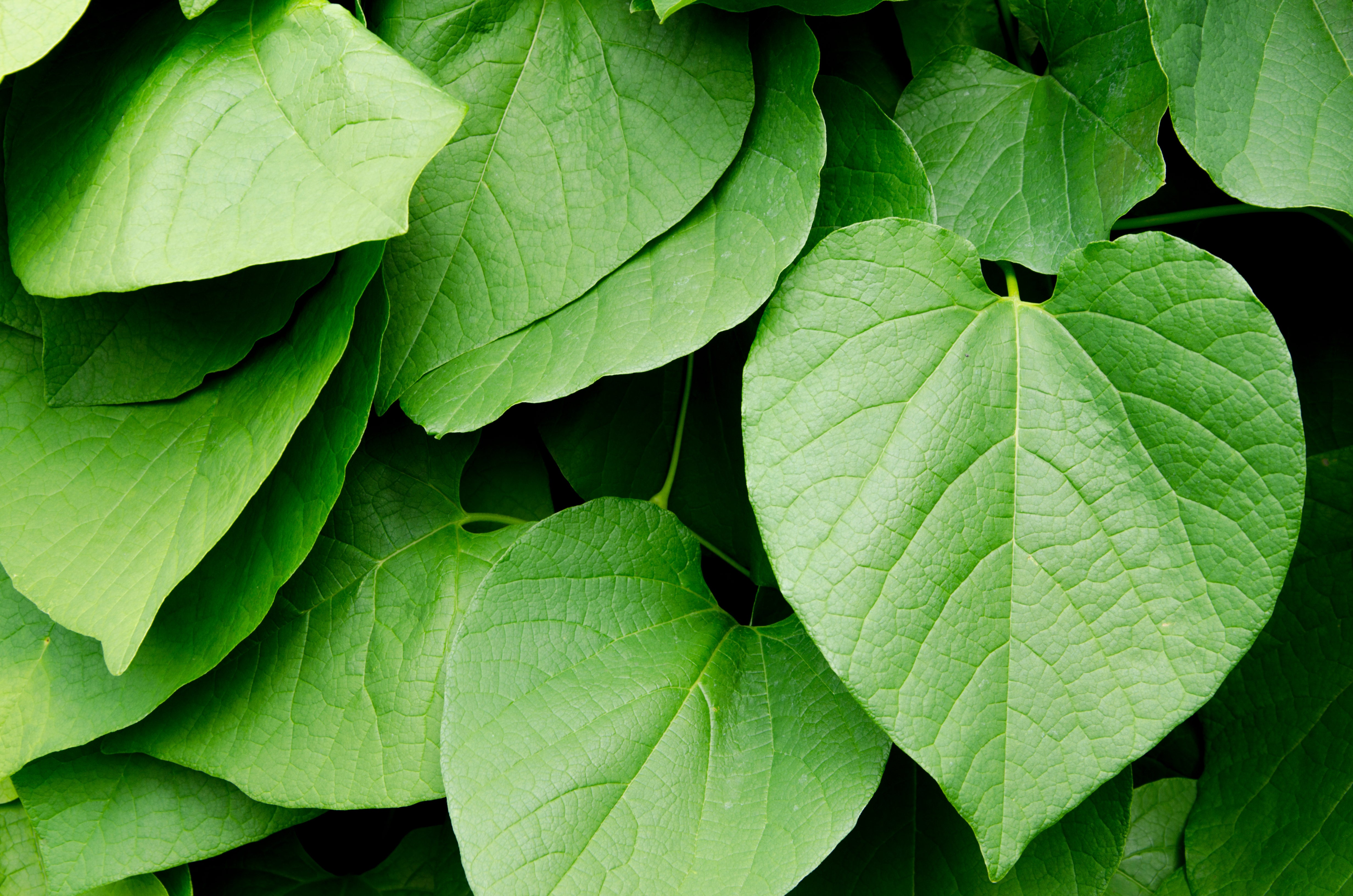
Exploring Kava Culture Around the World

Kava, a traditional drink made from the roots of the kava plant (Piper methysticum), has been an integral part of social, cultural, and ceremonial life in the South Pacific for centuries. The calming, mildly sedative, and consciousness elevating effects of kava have made it a popular beverage for fostering social bonds, relaxation, and spiritual rituals. Some cultures believe it allows them to converse with their ancestor spirits. In many South Pacific cultures that drink kava, it’s believed that to fully experience its effects, you need to “listen to the kava.” This often involves sitting quietly in a dark place and reflecting on your deepest thoughts. High-quality Kava can improve memory and enable a calm, introspective observation of your own mind, allowing thoughts to flow naturally. In Vanuatu, men often drink kava during ceremonies to help them focus on making important decisions or solving complex issues. Today, kava culture has spread beyond its traditional roots, reaching communities around the globe. This blog explores the rich history, cultural significance, and contemporary global spread of kava culture.
The Roots of Kava: A Pacific Tradition
Historical Significance
Kava has been used for over 3,000 years in the South Pacific, with its origins traced back to islands such as Vanuatu, Fiji, Tonga, and Samoa. Traditionally, kava was consumed during important ceremonies, such as welcoming visitors, settling disputes, and celebrating milestones. The preparation and consumption of kava are often surrounded by rituals that emphasise respect, community, and harmony.
Preparation and Consumption
The preparation of kava involves grinding or pounding the roots of the kava plant into a fine powder, which is then mixed with water and strained to produce a muddy, earthy-tasting beverage. The drink is typically consumed from a communal bowl, often a carved wooden bowl called a “tanoa” in Fiji or a “kumete” in Tonga. Participants take turns drinking from a shared coconut shell cup, symbolising unity and equality. To learn more about how to prepare Kava, check out this blog.
Kava in Modern Pacific Societies
Fiji
In Fiji, kava is commonly referred to as “yaqona” or “grog” and is deeply woven into the fabric of Fijian society. It serves as a cornerstone of both social and ceremonial life, permeating various aspects of daily interactions and formal events. The preparation and consumption of yaqona are ritualistic, often involving a series of steps that are performed with great respect. The process starts with pounding the dried kava roots into a fine powder, which is then mixed with water and strained. The resulting drink is consumed from a communal bowl called a “tanoa,” using a coconut shell cup. Ceremonies are typically led by a designated “chief” or “spokesman,” who presides over the proceedings, which include traditional chants and songs known as “meke.” These ceremonies are not only a means of socialisation but also play a crucial role in conflict resolution, storytelling, and reinforcing community bonds. The act of sharing yaqona fosters a profound sense of unity and belonging among participants, making it an essential element of Fijian culture.
Vanuatu
Vanuatu, often regarded as the birthplace of kava, maintains its traditional practices with deep reverence and authenticity. Kava drinking in Vanuatu is a daily ritual for many, and nakamals, or kava bars, are integral to the social landscape. These nakamals are unique social spaces where both locals and visitors can partake in the tradition. The preparation of kava in Vanuatu involves pounding the fresh or dried roots into a fine pulp, which is then mixed with water and strained to produce the drink. The atmosphere in nakamals is typically serene and contemplative, as conversation flows freely and the stresses of the day dissipate with each cup of kava. The consumption of kava here is often accompanied by traditional music and the quiet hum of community interaction. Vanuatu’s approach to kava drinking emphasises its role as a calming, communal experience that honours both the past and the present.
Tonga and Samoa
In Tonga and Samoa, kava, known as “kava kava” in Tonga and simply “kava” in Samoa, holds significant cultural and social importance. The preparation and consumption of kava in these islands are imbued with elaborate protocols and rich symbolism. Kava ceremonies in Tonga and Samoa are formal events, often conducted to honour distinguished guests, celebrate important milestones, or mark significant communal gatherings. The process begins with the preparation of the kava root, which is ground and mixed with water. The mixture is then strained and served in a large communal bowl. Participants sit in a circle, and a designated server, often a person of high status or a specially chosen individual, distributes the drink in a specific order that reflects social hierarchies and respect. The ceremonies are accompanied by traditional songs, chants, and dances, which add layers of cultural expression to the event. These rituals reinforce social cohesion, respect for tradition, and the communal values that are central to Tongan and Samoan societies.
Hawaii
In Hawaii, kava is known as “awa” and has been a part of the island’s culture for centuries. Brought to Hawaii by early Polynesian settlers, awa has historically been used for medicinal, ceremonial, and social purposes. Today, the kava culture in Hawaii is a vibrant blend of traditional practices and modern influences. Local kava bars, often referred to as “awa bars,” are popular spots where both residents and visitors can experience the calming effects of kava in a relaxed, social environment. These bars often feature live music, traditional Hawaiian décor, and a community-oriented atmosphere. The resurgence of interest in awa has also sparked efforts to revive traditional Hawaiian farming practices and ensure sustainable cultivation of the kava plant. Hawaii’s unique blend of cultural heritage and contemporary lifestyle makes it a special hub for experiencing kava in a setting that honours its deep roots while embracing modern sensibilities.
The Global Spread of Kava Culture
United States
Kava bars have sprung up across the United States, particularly in states like Florida, California, and Hawaii. These establishments offer a unique alternative to traditional bars, providing a social environment without the intoxicating effects of alcohol. The rise of kava bars reflects a growing interest in natural wellness and alternative social experiences. Many American kava bars blend traditional practices with modern flair, creating spaces where people can unwind, connect, and experience the calming benefits of kava.
Europe
Kava culture has also made its way to Europe, with kava bars and cafes emerging in cities like Berlin, London, and Amsterdam. European enthusiasts appreciate kava for its relaxing properties and its ability to promote social interaction without the drawbacks of alcohol. As in the United States, European kava bars often emphasise a blend of tradition and innovation, introducing new audiences to this ancient beverage.
Australia and New Zealand
Given their proximity to the Pacific Islands, Australia and New Zealand have naturally embraced kava culture. In these countries, Kava is enjoyed by both the Pacific Islander diaspora and the wider population. Kava bars and community gatherings provide a taste of home for Pacific Islanders and offer an opportunity for others to engage with and appreciate the cultural heritage of their Pacific neighbours.
The Future of Kava Culture
As Kava continues to gain popularity worldwide, there is a growing interest in ensuring sustainable and ethical practices in its production and distribution. Efforts are being made to support Pacific Islander farmers, preserve traditional methods, and promote environmental sustainability. We are very proud to be working with an ethical supplier that is committed to supporting local farmers in Vanuatu (over 1000 of them!), whilst improving quality control practices and ensuring consistent quality with the use of state-of-the-art technology and modern processing techniques.
Learn more about processing & the Science of Kava here.
Kava’s global journey is a testament to the enduring appeal of this ancient beverage. Whether enjoyed in a traditional Pacific Island ceremony, a modern urban kava bar or at home with your mates, Kava continues to bring people together, fostering a sense of community, relaxation, and cultural appreciation. As more people around the world discover the unique qualities of kava, its cultural legacy will continue to thrive and evolve, bridging the gap between ancient traditions and contemporary lifestyles.
Explore our range of single cultivar Noble Kava here.

Happy Herb Co
Dedicated to supporting plant-based health and happiness.
Explore our huge range and discover the wonderful world of herbs at Happy Herb Co.

Australia's Biggest Range
Shop Online or In-Store

Free Shipping Over $150
Australia Wide

25 Years of Service
Our Priority is Satisfaction

Secure Shopping
Powered by Shopify
Happy Herb Co acknowledges the Traditional Owners of Country throughout Australia and recognise the continuing connection to lands, waters, skies and communities. We pay our respect to Aboriginal and Torres Strait Islander cultures, and to Elders both past and present.
- Choosing a selection results in a full page refresh.
- Opens in a new window.


